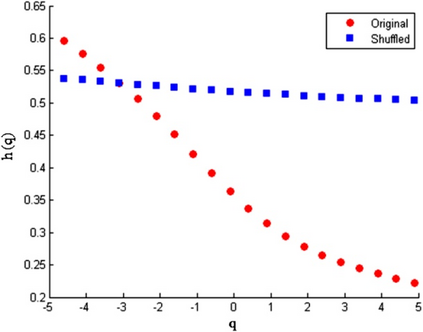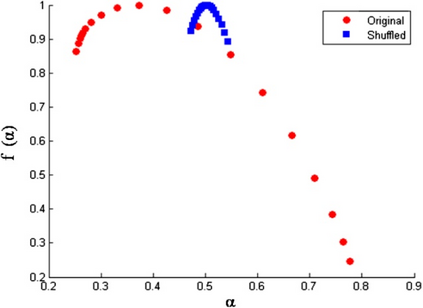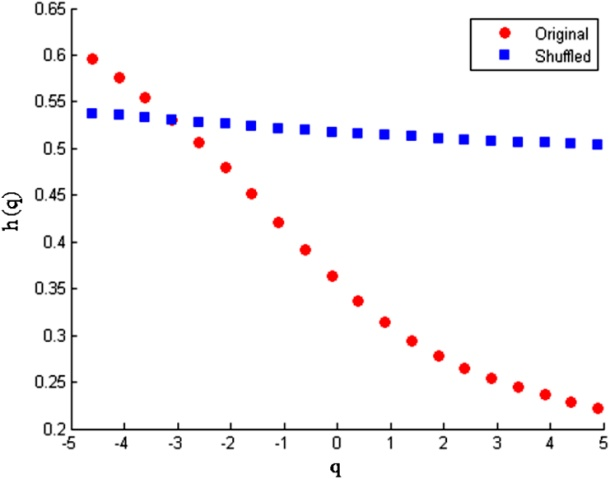Hindustani classical music is entirely based on the "Raga" structures. In Hindustani music, a "Gharana" or school refers to the adherence of a group of musicians to a particular musical style. Gharanas have their basis in the traditional mode of musical training and education. Every Gharana has its own distinct features; though within a particular Gharana, significant differences in singing styles are observed between generations of performers, which can be ascribed to the individual creativity of that singer. This work aims to study the evolution of singing style among four artists of four consecutive generations from Patiala Gharana. For this, alap and bandish parts of two different Ragas sung by the four artists were analyzed with the help of non linear multifractal analysis (MFDFA) technique. The multifractal spectral width obtained from the MFDFA method gives an estimate of the complexity of the signal. The observations from the variation of spectral width give a cue towards the scientific recognition of Guru-Shisya Parampara (teacher-student tradition) - a hitherto much-heard philosophical term. From a quantitative approach this study succeeds in analyzing the evolution of singing styles within a particular Gharana over generations of artists as well as the effect of globalization in the field of classical music.
翻译:印度古典音乐完全基于“拉加”结构。在印度斯坦音乐中,“Gharana”或学校是指一群音乐家坚持一种特殊的音乐风格。加拉那斯人以传统的音乐培训和教育模式为基础。每个加拉纳人都有其独特的特点;虽然在特定的加拉纳语中,各代表演者之间在歌唱风格上存在显著差异,这可以归因于该歌手的个人创造力。这项工作旨在研究来自帕蒂亚拉·加拉纳连续四代的四代艺术家之间歌唱风格的演进。为此,在非线性多分流分析(MFDFA)技术的帮助下,对这四位艺术家唱的两种不同的Ragas 歌唱的片段和带状部分进行了分析。从MFDFFA方法获得的多频谱宽度对信号的复杂性进行了估计。光宽度的观察显示,光谱宽度的变化有助于人们从科学角度认识Guru-Shisya Parampara(教师传统)的四代艺术家的歌舞风格的演艺风格的演进。从古典学学学学学学学学学学角度对古代的艺术进行了分析。







